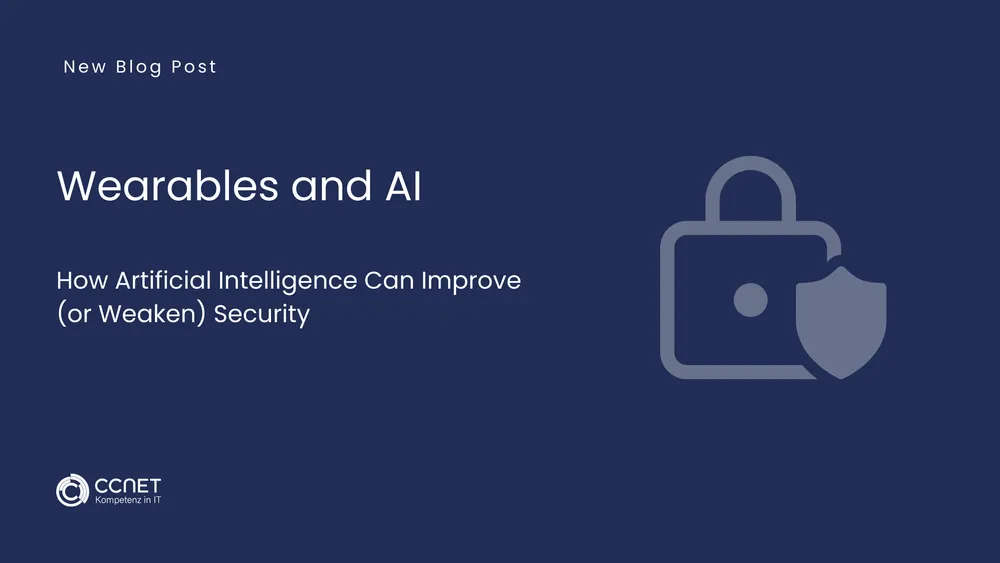
CCNet
Jul 14, 2025 • 2 min read

How Manufacturers Can Improve Wearable Security: Case Studies and Solutions
Wearables are already part of everyday life—and their security determines whether they can be trusted. Weaknesses in design, software, or cloud architecture can pose serious risks to users. However, these vulnerabilities can also be seen as opportunities: to improve, to learn, and to establish real security. This article shows how manufacturers can transform weak points into secure systems.
1. Recognize and Prioritize Security Gaps
The first step is awareness. Manufacturers must proactively identify their product's weak points:
- Which components process sensitive data?
- Which interfaces (e.g., Bluetooth, USB) offer potential attack surfaces?
- Are firmware updates secure and verified?
- Are user data and permissions sufficiently protected?
By classifying risks according to probability and severity, the most important areas for improvement can be addressed early on.
2. Integrate Security into the Development Lifecycle
Security must not be an afterthought—it should be part of the entire product lifecycle:
- Threat modeling during the planning phase
- Code reviews during software development
- Penetration testing before launch
- Update strategies for the product lifecycle
This "Secure Development Lifecycle" ensures that security is considered at every step.
3. Use Standards and Certifications
Certified security standards increase user trust and reduce liability:
- ISO 27001 for information security
- IEC 62443 for secure industrial devices
- GDPR compliance for data privacy
- HIPAA compliance in the U.S. healthcare sector
Compliance with these standards should be documented and externally audited if possible.
4. Strengthen the Supply Chain
Many vulnerabilities arise from third-party components, libraries, or hardware:
- Use only verified and up-to-date software libraries
- Ensure that hardware chips have no undocumented backdoors
- Contractually secure service providers to adhere to your security standards
A secure product also depends on a secure supply chain.
5. Promote Transparency and User Empowerment
Users should understand what happens with their data. This includes:
- Clear and understandable privacy policies
- Customizable security settings
- Informative dashboards about data usage and permissions
- Options for data export and deletion
Transparency builds trust—and turns passive users into conscious participants.
Conclusion: Security as a Differentiator
Wearables are more than gadgets—they are digital health assistants. Their security must be treated with the same seriousness as medical equipment. Manufacturers who turn weaknesses into strengths not only protect their users but also gain competitive advantages. True security is not a feature—it's a mindset.


